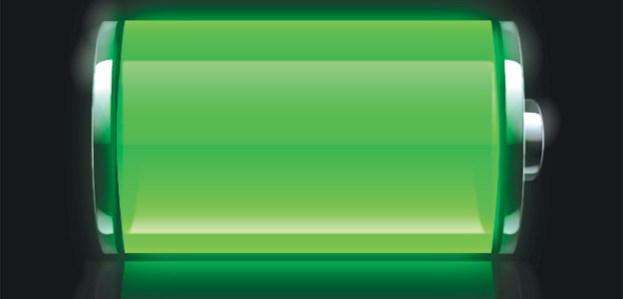 It’s not very often we get the chance to talk about a new technology which rather than coming soon, is already out in the wild and could even be installed on the device in your pocket. Qualcomm has published a blog post talking about Quick Charge, which unsurprisingly given the name, lessens the time it takes to charge your phone, and it came about after the firm acquired Summit Microelectronics in the first half of last year.
It’s not very often we get the chance to talk about a new technology which rather than coming soon, is already out in the wild and could even be installed on the device in your pocket. Qualcomm has published a blog post talking about Quick Charge, which unsurprisingly given the name, lessens the time it takes to charge your phone, and it came about after the firm acquired Summit Microelectronics in the first half of last year.
Quick Charge is an integrated circuit board built into the USB connector on a smartphone, tablet or interface, and it cuts the charging time down by 40 percent, resulting in a maximum recharge time of three hours instead of four. In case we needed reminding, Qualcomm says the less time your phone is on charge, the more time you’ll have it ready to use.
Amazingly, Qualcomm has already fitted Quick Charge to at least 70 devices which use Snapdragon processors (along with several others), and the list includes the Nexus 4, the Nokia Lumia 920, HTC’s 8X and Droid DNA, the LG Optimus G, the Motorola Droid Razr M, the Samsung Galaxy S3 and the Sony Xperia T. You can check out the complete list here.
Reducing the time it takes to charge your phone is a similar quest to improving the efficiency of the battery, or making individual components more energy efficient. Our dreams of having a phone with a battery capable of lasting more than a couple of days under heavy usage, will need all of these areas to come together and work in unison.
Qualcomm claims its next series of processors, the Snapdragon 600 and 800, are considerably more efficient than their predecessors, so even when working hard they’ll take less energy from the device’s battery. We’re still waiting for the first smartphones using the new Snapdragon chips to be revealed, but it’ll be interesting to see whether Quick Charge is also incorporated into the hardware, and how much difference the combination of the two makes to battery performance.
Editors' Recommendations
- How does fast charging work? Here’s every single standard compared
- The Qualcomm Snapdragon 865 Plus turns smartphone performance up to 11




